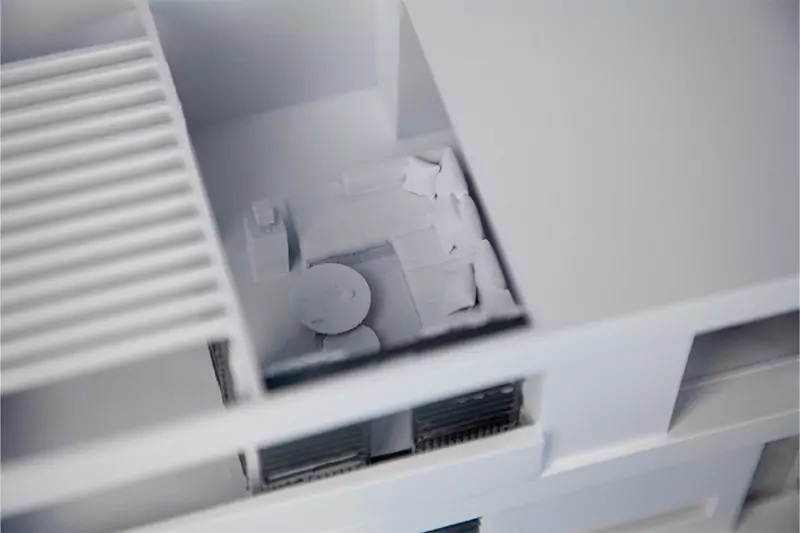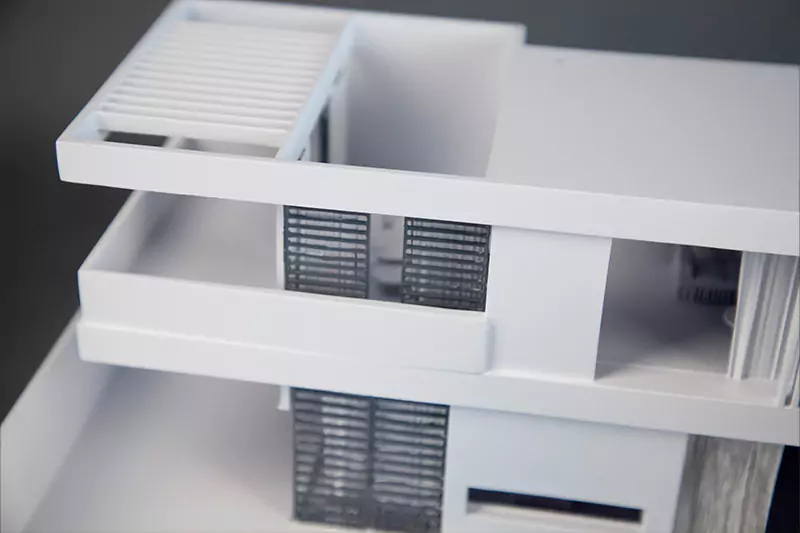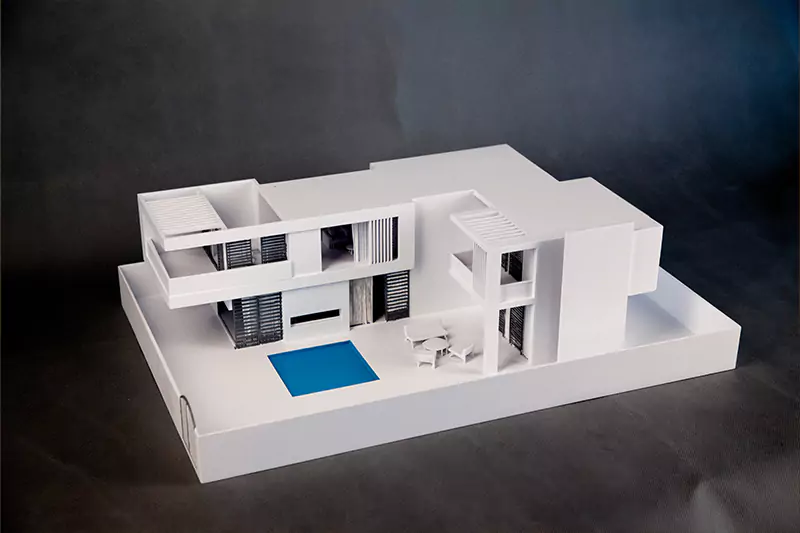Home » Industries » Architecture
3D Printing in Architectural
The use of 3D printing technology in the construction industry is increasingly becoming a key force in revolutionizing traditional construction methods. The technology is changing the future of building design, construction and material use with its efficient, cost-effective and sustainable features.
Conceptual modeling and design verification
During the conceptual phase of a building project, 3D printing technology allows designers and clients to visually understand and evaluate the building design through a physical model. The technology’s ability to print complex geometric shapes quickly and inexpensively greatly simplifies the process of design iteration and proof of concept.


Interior design and decoration
The application of 3D printing technology in the field of interior design allows designers to quickly realize ideas and produce complex furniture and decorative components. This technology not only speeds up the design process, but also reduces costs, making personalized designs easier to achieve. Clients can customize their designs to suit their needs without incurring additional costs or waiting for longer delivery times.
Building construction
3D printing technology is changing the way buildings are constructed, making the building process faster, more economical and sustainable. Compared to traditional construction methods, 3D printing reduces labor requirements, material waste, and environmental impact.


Material Versatility and Innovation
3D printing technology offers a wide range of material options, including a variety of plastics and metal alloys, which allows building designers to choose the most appropriate material based on structural requirements and design needs. In addition, the high-precision nature of 3D printing enables complex model designs, bringing unprecedented freedom and innovation to architectural design.
Unlimited Building Scale
3D printing technology is not limited by the scale of the building. Whether it is a small residential or commercial building or a large urban development project, the technology can be utilized for printing. This provides unprecedented flexibility and possibilities for the construction industry.

Conclusion
The application of 3D printing technology in the construction industry is promising, not only for its ability to improve the efficiency of design and construction, but also for its ability to drive the construction industry in a more sustainable and economical direction. With the continuous advancement of technology and further cost reduction, we can foresee that 3D printing will play an increasingly important role in the future of construction.
Related Cases
No posts found!
